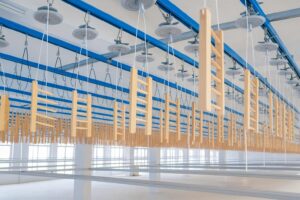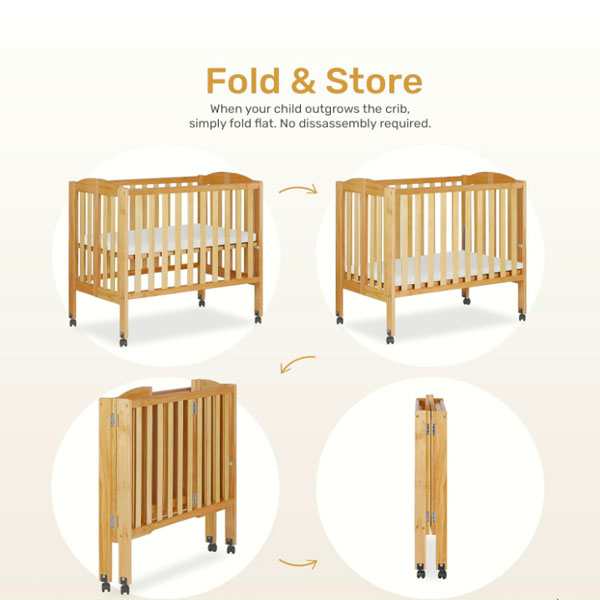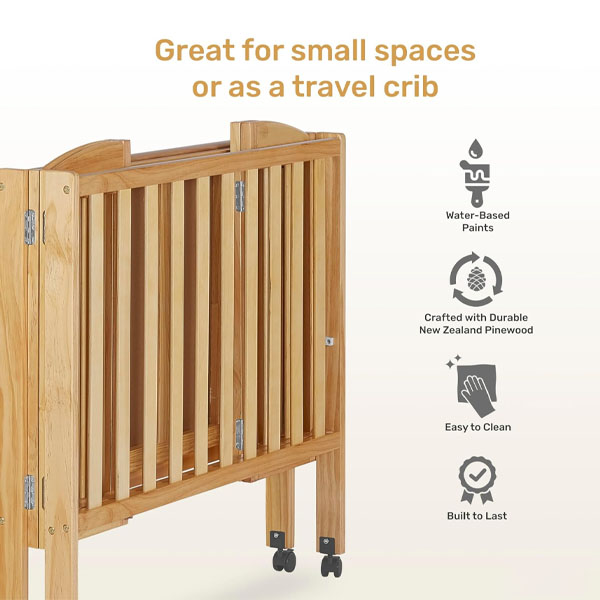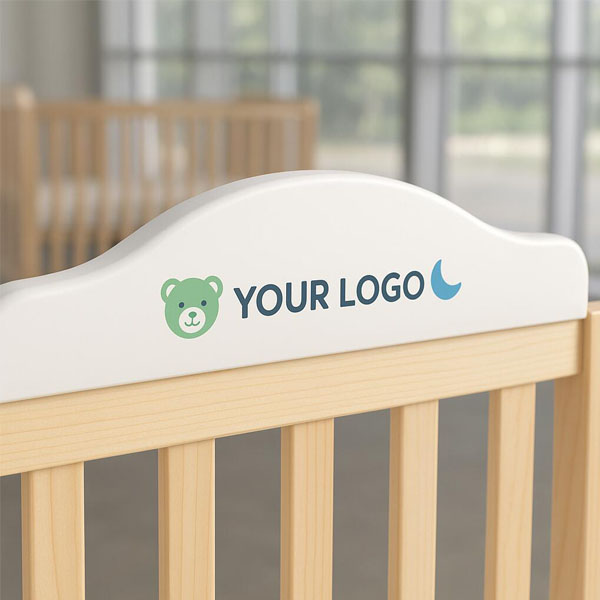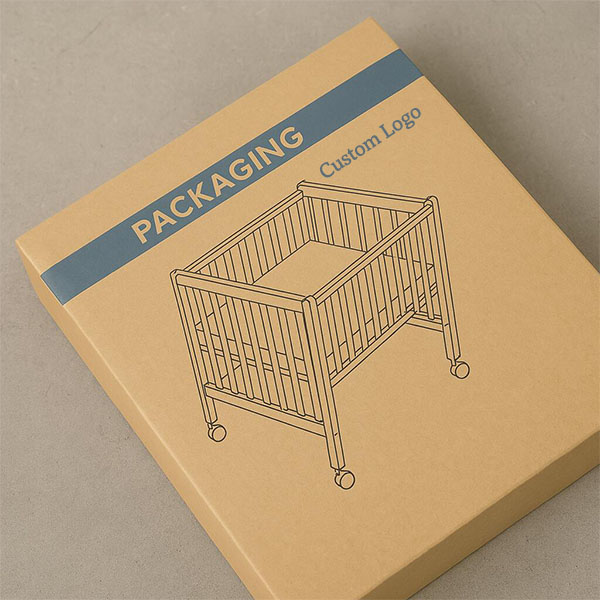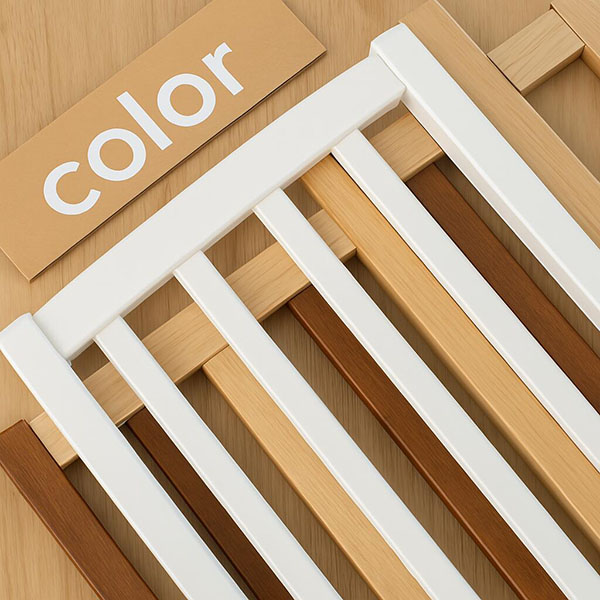baby crib supplier how to make crib safe for baby
As a baby crib supplier, ensuring the safety of your products is essential. Understanding and adhering to safety standards can build trust with customers and prevent potential hazards.
To make cribs safe for babies, suppliers should follow strict safety guidelines, use non-toxic materials, ensure secure construction, and avoid sharp edges. Regular testing is also essential.

Let’s explore the key factors that make a crib safe for babies. From design to materials, every detail matters in preventing accidents and ensuring baby comfort.
LOOP START
What are the key features that make a crib safe for babies?
When designing or sourcing cribs, suppliers must prioritize specific safety features. These are the elements that directly protect babies from potential dangers.
Safe cribs feature secure slats, a firm, well-fitting mattress, and non-toxic materials. They should also have no sharp edges, and the design must prevent entrapment risks.
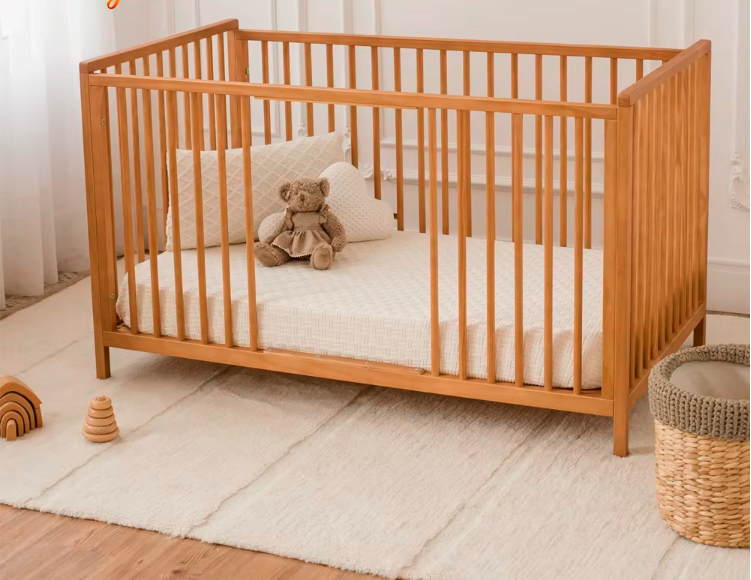
Crib slats should be spaced no wider than 2 3/8 inches apart to prevent the baby from getting their head or limbs stuck between them. The mattress should be firm, fit snugly, and meet regulatory standards for safety. Soft bedding such as pillows, blankets, and stuffed animals should be avoided, as they can pose a suffocation risk. Additionally, the crib should have no sharp edges or points that could harm the baby. It’s also vital to make sure that the crib’s hardware, such as screws and bolts, is secure to prevent any accidental loosening that might lead to a hazardous situation.
Using Non-Toxic Materials
Crib suppliers must ensure that all materials used are free from harmful chemicals. This includes using lead-free paint, non-toxic wood finishes, and avoiding any plastic components that may contain harmful substances like phthalates.
LOOP END
How can crib suppliers ensure that their products meet safety standards?
To gain customer trust, suppliers need to ensure their cribs meet or exceed safety standards. But how can they verify that their products are up to the mark?
Crib suppliers can ensure safety by adhering to CPSC regulations, ASTM standards, and conducting regular product testing. Certification labels and third-party testing provide reliability.
[Image placeholder]
One of the most reliable ways to ensure a crib meets safety standards is by following guidelines set by the Consumer Product Safety Commission (CPSC) and ASTM International. Suppliers should make sure that the crib is certified and labeled with these compliance marks, which indicate that it has passed necessary safety tests. Third-party testing is another essential step to verify the crib’s durability and safety. Regular inspections and staying up-to-date with changes in safety regulations are also crucial to maintaining product integrity. Having a robust system in place to track product recalls can also enhance a supplier’s reputation by demonstrating their commitment to safety.
Testing for Durability and Stability
Durability testing is vital. Suppliers should test cribs for structural integrity under typical conditions of use. This includes checking that the crib can withstand the weight and movement of a growing baby.
LOOP END
What additional steps can suppliers take to enhance crib safety?
leading paragraph:
Aside from meeting basic safety standards, what other steps can crib suppliers take to improve product safety and ensure they meet high customer expectations?
snippet paragraph:
Suppliers can enhance safety by offering cribs with adjustable mattress heights, ensuring ease of assembly, and providing clear, concise safety instructions with each product.
[Image placeholder]
Cribs with adjustable mattress heights are a great way to increase safety, especially as the baby grows. Lowering the mattress position as the baby begins to sit up or stand can help prevent falls. Another factor to consider is ensuring that the crib assembly process is simple and secure. Suppliers should design cribs that are easy for parents to assemble without compromising safety. Providing clear, easy-to-follow assembly instructions and safety warnings can help prevent common mistakes. Offering after-sales support to address any safety concerns or issues that arise also builds customer confidence and brand loyalty.
Addressing Crib Maintenance
Suppliers can also play a role in educating parents on the importance of regular crib maintenance. Encourage parents to check for loose parts, inspect the crib for wear and tear, and ensure that the crib remains stable and secure at all times.
LOOP END
Conclusion
By following stringent safety protocols and offering products that meet or exceed industry standards, crib suppliers can ensure that their products provide a safe and comfortable sleeping environment for babies.

